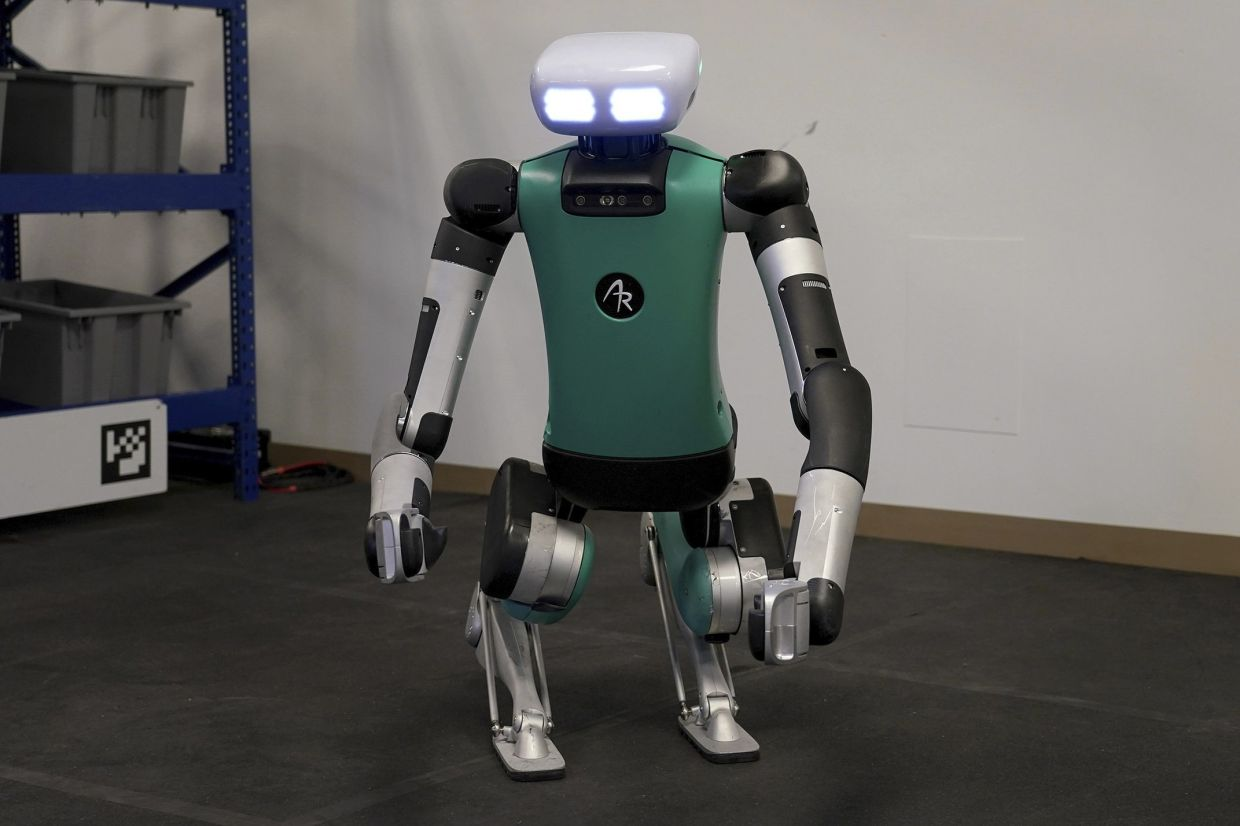Humanoid Robots: Do We Really Need Them?
Introduction
Humanoid robots have become a topic of fascination and debate in recent years. With advancements in technology, these robots are becoming more sophisticated and capable of performing complex tasks. However, there is still a question looming over their necessity. Do we really need humanoid robots? In this article, we will explore the various perspectives on this topic and delve into the potential applications and challenges associated with humanoid robots.
The Rise of Humanoid Robots
Humanoid robots have captured the imagination of scientists, engineers, and the general public alike. These robots are designed to mimic human-like characteristics and movements, making them appear more relatable and approachable. They often possess a head, torso, arms, and legs, resembling the human form. The development of humanoid robots has been driven by the desire to create machines that can interact with humans in a natural and intuitive manner.
Potential Applications of Humanoid Robots
1. Healthcare and Assistance
One area where humanoid robots have the potential to make a significant impact is healthcare. These robots can be programmed to assist with tasks such as patient care, monitoring vital signs, and providing companionship to the elderly. For example, a humanoid robot could help lift patients, reducing the strain on healthcare workers and preventing injuries. Additionally, these robots can provide emotional support to patients, enhancing their overall well-being.
2. Education and Research
Humanoid robots can also play a crucial role in education and research. They can be used as teaching aids in classrooms, providing interactive and engaging lessons to students. Furthermore, researchers can utilize humanoid robots to conduct experiments and gather data in various fields such as psychology, sociology, and neuroscience. The ability of these robots to mimic human behavior allows for more realistic and accurate research outcomes.
3. Customer Service and Hospitality
In the realm of customer service and hospitality, humanoid robots have the potential to revolutionize the industry. These robots can act as receptionists in hotels, guide visitors in museums, or even serve as waiters in restaurants. By automating certain tasks, businesses can enhance their efficiency and provide a unique and futuristic experience for their customers. Humanoid robots can also overcome language barriers by utilizing translation capabilities, making them invaluable in multicultural settings.
4. Manufacturing and Industrial Automation
Humanoid robots have already found their place in manufacturing and industrial automation. These robots can perform repetitive and physically demanding tasks with precision and accuracy. By relieving human workers of these tasks, companies can improve productivity, reduce costs, and enhance workplace safety. Humanoid robots can also adapt to different manufacturing processes, making them versatile assets in the industry.
Challenges and Limitations
While humanoid robots hold great promise, they are not without their challenges and limitations.
1. Cost and Affordability
One of the main obstacles to widespread adoption of humanoid robots is their cost. The development and production of these advanced machines require substantial financial resources. Additionally, the maintenance and support of humanoid robots can be expensive. In order for these robots to become more accessible, efforts need to be made to reduce their cost and make them affordable for a wider range of applications.
2. Technical Limitations
Humanoid robots still face technical limitations that hinder their performance. For instance, their mobility and dexterity are not on par with that of humans. While advancements have been made in this area, there is still work to be done to improve their agility and ability to navigate complex environments. Additionally, the power and energy requirements of humanoid robots can be a challenge, as they often rely on large batteries or external power sources.
3. Ethical Considerations
The rise of humanoid robots also raises important ethical considerations. As these robots become more human-like, questions regarding their rights and responsibilities arise. Issues such as privacy, consent, and the impact on human employment need to be carefully addressed. Striking a balance between the benefits of humanoid robots and the potential risks they pose is crucial to their responsible development and deployment.
4. Social Acceptance
Another challenge faced by humanoid robots is social acceptance. People may feel uncomfortable or threatened by the presence of robots that resemble humans too closely. Overcoming these concerns and building trust with the public is crucial for the successful integration of humanoid robots into various domains. Education and awareness about the capabilities and limitations of these robots can help foster acceptance and understanding.
Conclusion
Humanoid robots have the potential to revolutionize various industries and improve our daily lives. From healthcare and education to customer service and manufacturing, these robots offer unique capabilities that can enhance efficiency and productivity. However, challenges such as cost, technical limitations, ethical considerations, and social acceptance need to be addressed for the widespread adoption of humanoid robots. As technology continues to advance, it is important to carefully consider the role that humanoid robots can play in our society and ensure that their development aligns with our values and aspirations.
